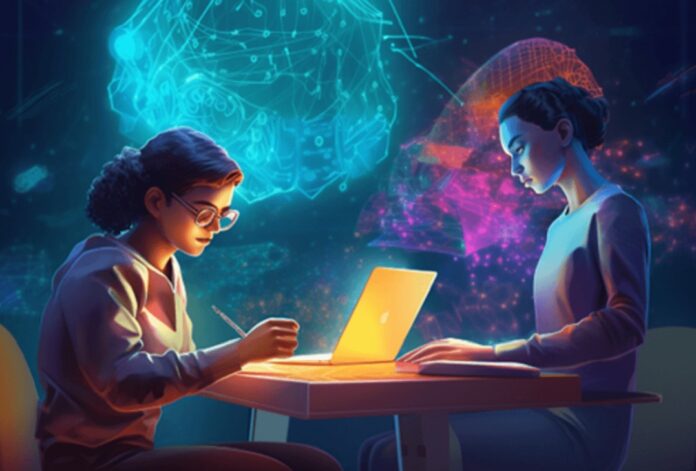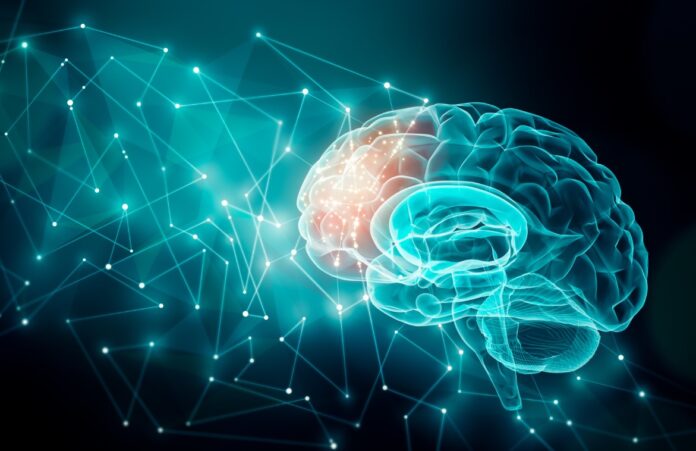When we start our educational journey, the first thing we learn is that we need to memorize information. Sometimes, we need to learn the same thing over and over again, and at other points, we need to already have information to just build on it.
This helps us advance later in life, but throughout our studies, the whole process of learning on repeat can seem a bit confusing. If you want to start your journey to exponential student success, you’ve come to the right place.
Here, we are going to show you the pathway to educational and personal growth, and we will give you some tips on how to train your brain and excel in your studies.
How can you understand better by learning on repeat?
In the vast expanse of educational strategies, one principle stands timeless and consistently effective: repetition. This might sound counterintuitive in an age that often emphasizes innovative teaching methodologies and cutting-edge resources.
However, the age-old adage “practice makes perfect” rings true even in the most modern of classrooms. When students revisit topics multiple times, they deepen their understanding, making connections they might have missed during the initial introduction.
This repeated exposure ensures that information transitions from short-term memory to long-term retention.
Over time, as students keep encountering a topic, they build layers of understanding, each layer enriching the previous one, leading to a robust comprehension of the subject matter.
How can artificial intelligence help you when you’re learning on repeat?

One of the most transformative advantages of AI is its ability to create personalized learning pathways. Traditional teaching methods can be somewhat linear, making it challenging to cater to each student’s unique needs.
However, with platforms like Gizmo, learning becomes fluid. As students interact with the content, AI systems continually analyze their performance, adjusting the curriculum in real time.
This dynamic adjustment ensures that each repetition is not just a mere rehash of previous content but is fine-tuned to address the learner’s specific needs, challenges, and strengths.
Such an approach means that repetitive learning, under the aegis of AI, transforms from a static process to a dynamic journey of continual improvement.
How to harness the power of cumulative learning?
Cumulative learning is an approach that capitalizes on this principle of repetition. Instead of treating topics as isolated units, to be forgotten once the exam is over, cumulative learning views the entire educational journey as a continuum.
When students learn a new concept, they don’t leave it behind. Future lessons continuously incorporate past topics, ensuring that students repeatedly interact with previously learned material.
This consistent integration means that concepts remain fresh in the student’s mind, reinforcing learning and significantly reducing the phenomenon of knowledge decay.
Over a period, students find that they aren’t just memorizing information for the sake of exams but genuinely understanding and internalizing it.
What is the science behind repetitive learning?

From a neurological perspective, the rationale behind repetitive learning becomes even clearer. The human brain consists of a complex network of neurons, and these neural connections strengthen when subjected to repeated stimulation.
When we encounter a piece of information multiple times, the neural pathway associated with that information becomes more defined. Think of it as treading a path in a forest.
The more you walk on it, the clearer and more accessible the path becomes. Similarly, every time a student revisits a topic, they’re not just recalling information but also strengthening the neural pathway associated with that knowledge.
This neurological reinforcement ensures that over time, the information becomes deeply embedded in the memory, easily accessible whenever needed.
Can you stay engaged while you are repeating the same information?
Another dimension of repetitive learning is its amalgamation with experiential learning. While repetition ensures that students are frequently exposed to information, experiential learning ensures that this exposure is rich, multifaceted, and deeply engaging.
By combining the two, educators can craft learning experiences that are not only recurrent but also deeply impactful.
For instance, a student might learn about a historical event multiple times through reading, discussions, role-playing, and multimedia presentations. Each interaction offers a unique perspective, adding depth and nuance to their understanding.
Over time, the student doesn’t just know about the event; they understand its significance, its nuances, and its impact, all thanks to the power of learning on repeat.
Paying attention to the feedback you get can help you focus

Feedback plays a pivotal role in learning. With AI-driven platforms, feedback isn’t just timely but also incredibly detailed. Post each learning session, these AI systems can provide insights derived from the student’s interactions with the content.
This isn’t just about identifying right or wrong answers. The system can highlight patterns, suggest areas of focus, and even predict potential stumbling blocks in the future based on current performance.
Such predictive analysis means that repetitions aren’t just about going over known content, but also preemptively addressing challenges before they become significant obstacles.
If you don’t want to focus only on modern technology, you can get the same feedback from yourself and even your peers. Test yourself before you sit down at the bench to take the exam, and check to see which areas you need to improve in.
No matter if you choose to test yourself on your own, if you want to do it as a group, or if you want to focus on digital platforms, the best thing you can do for your education is pay attention to your patterns and get the feedback you need to find your weak points.
As the educational landscape continues to evolve, the value of repetitive learning remains an enduring constant. “Learning on Repeat” isn’t just about revisiting content; it’s about deepening comprehension, strengthening neural connections, and refining one’s grasp of subjects through various angles and methodologies.
Combined with modern tools, especially AI, the potential of repetitive learning to foster unparalleled student success becomes even more palpable.
In this dynamic interplay of traditional methods and modern innovations, students are equipped with the tools to not only learn but to truly understand, internalize, and apply their knowledge.
The path to exponential success, it seems, is paved with consistent, enriched, and well-targeted repetition.








